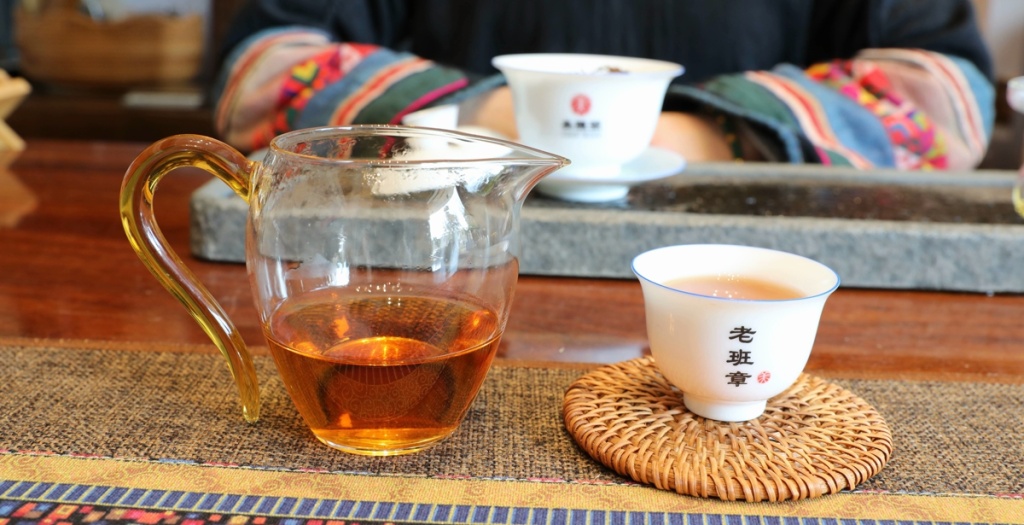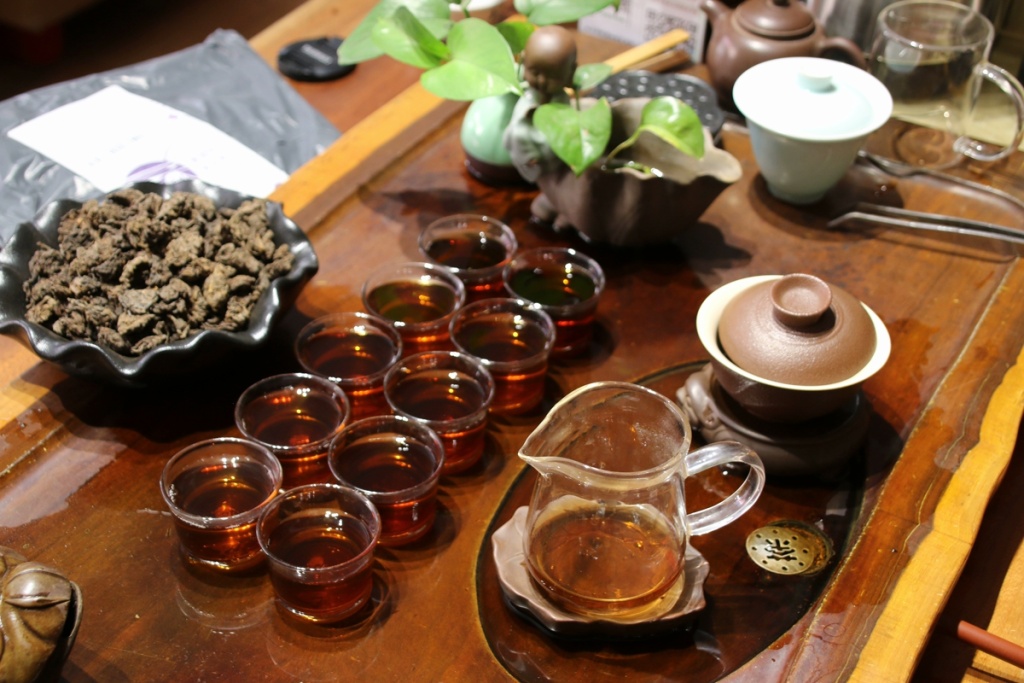The Difference Between "Transformation" and "Aging" of Pu'er Tea: "Zhuanhua" and "Changhua"
Puer tea is a unique product that not only ages over time, but also transforms. The key point of puer is the principle "the older it gets, the more aromatic it becomes."
When storing and collecting Pu'er, the Chinese often use two terms: Zhuanhua (Chinese: 转化, pinyin: Zhuǎnhuà) – transformation and Chanhua (Chinese: 陈化, pinyin: Chén huà) – aging of teas, and these two concepts are easily confused. In fact, they are far from equivalent. Let's figure out what is hidden behind these concepts and how they affect the quality and taste of Pu'er.
Zhuanhua (转化): Internal Transformation
The term "zhuanhua" refers to the internal changes in pu-erh tea . This is a process that occurs at the molecular level and involves the transformation of chemical compounds in the tea leaves. During this process, some substances break down, forming new compounds that affect the taste and aroma of the tea. Pu-erh tea contains elements such as tannin, catechin, caffeine, and vitamins, which can undergo changes when exposed to certain conditions. These changes occur internally and are not visible to the eye; they can only be determined through experimentation and data.
"Zhuanhua" is an important process in shaping the character of tea. It depends on many factors, including the quality of the tea material, storage conditions, and time. The longer the tea is stored, the more likely it is that significant "zhuanhua" will occur.
The gist: Zhuanhua is a process of internal chemical changes that occur in the tea leaf over time. The enzymes in the tea continue to work, breaking down complex molecules into simpler ones. As a result of this process, the composition of the tea leaf changes, which leads to a transformation of taste and aroma.
Manifestations:
- Softening of the flavor: The astringency and bitterness characteristic of young Puerh gradually disappear, giving way to softer, rounder notes.
- Deepening of aroma: Complex aromatic notes develop: woody, earthy, fruity, floral.
- Development of new flavors: Over time, new flavors may develop in the tea, such as sweet or nutty ones.
Changhua (陈化): External aging during the aging process
Changhua refers to the external aspect. The word "Changhua" literally means change after long-term storage, so it refers to the external appearance of Pu'er after storage for a certain period of time. These appearances include the shape of the leaves, their color, the taste of the tea, the aromas, and so on - all of which can be recognized by the senses.
This process is also called "aging" or "maturing" the tea. Changhua means that the tea becomes softer, less bitter, and develops a richer flavor profile. These changes can be seen and smelled.
Changhua takes time. Time allows the tea leaves to interact slowly with the environment, changing their properties. However, changing may happen faster or slower depending on storage conditions. For example, high humidity and low temperature promote fast changing; dry air and high temperature slow down the process. Thus, the changinghua of pu'er tea can usually be described specifically. Good or bad changinghua can be determined directly by whether the tea has become moldy, whether the bitterness and sourness have disappeared from the infusion, and whether there is a high aroma.
Essence: Changhua is a process of external changes of tea leaves, related to the influence of the environment. This includes factors such as humidity, temperature, air, etc.
Manifestations:
- Color change: Leaves darken and become more intense in color.
- Formation of patina: A thin coating may form on the surface of the leaves, which gives the tea a special charm.
- Change in texture: Leaves become more fragile and brittle.
The relationship between Zhuanhua and Chanhua
Although zhuanhua and chanhua are separate processes, they are closely related to each other. The influence of zhuanhua on the internal structure of tea ultimately manifests itself in the external changes that we call chanhua.
A well-done zhuanhua improves the quality of chanhua. However, without proper storage conditions, even a perfect zhuanhua will not result in a beautiful chanhua. Thus, both processes are interdependent and important for producing high-quality pu-erh tea.
Understanding these two terms helps connoisseurs better understand the development and maturation process of pu-erh tea, and helps producers control and direct this process to achieve the best results.
Why is it important to distinguish between these concepts?
Understanding the difference between zhuanhua and chanhua helps:
- Assessing the quality of Pu'er: Based on external signs (chanhua), one can only make an assumption about the age of the tea, but the true value is determined precisely by internal changes (zhuanhua).
- Storing Pu'er Properly: Knowing the factors that affect zhuanhua and chanhua allows you to create optimal conditions for storing tea.
- Enjoy the Taste: Understanding the transformation process helps us understand why Pu-erh's flavor becomes more complex and interesting over time.
Pu'er tea is a living product that continues to develop even after harvest. The zhuanhua and chanhua processes make each tea unique and unrepeatable. Learning these concepts allows you to delve deeper into the world of Pu'er and truly appreciate its versatility.
- Комментарии
- Вконтакте







